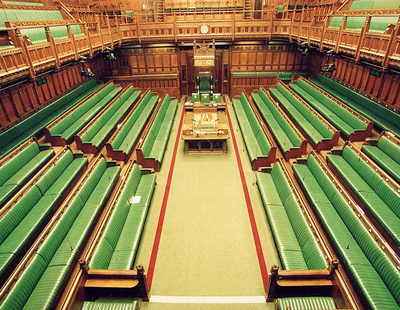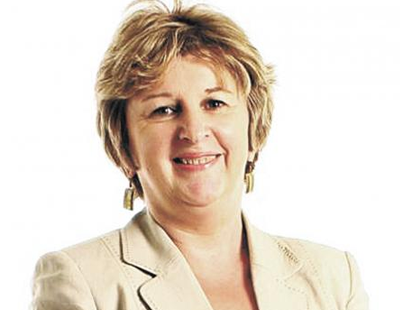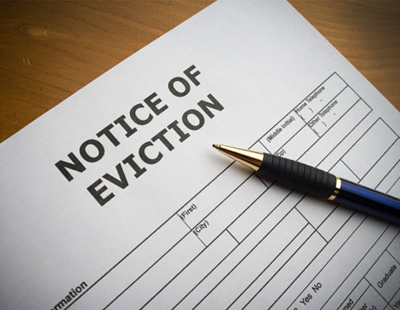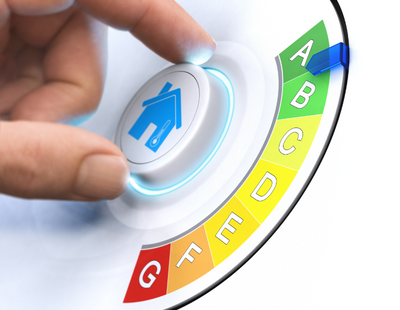Friday’s debate will be a second reading in the Commons, after which it has to go for detailed consideration at committee stage, then to a report stage, and finally a third reading in the Commons. A similar process is then undertaken in the Lords, at which point any final amendments to the Bill are considered back in the Commons before the measure goes for Royal Assent and becomes law.
The Bill comes from London Labour MP Karen Buck. Entitled the Homes (Fitness for Human Habitation and Liability for Housing Standards) Bill 2017-19 it seeks to amend the Landlord and Tenant Act 1985 by extending its obligations to cover almost all landlords and it also updates the ‘habitation test’ of substandard property.
Where a landlord fails to let and maintain a property that is fit for human habitation, the Bill would give tenants a right to take action in the courts.
If it becomes law, the measure will apply only to England.
Writing on the Politics Home website, Buck herself has explained why she has tried to get such a measure agreed for several years as a back-bencher before securing government support.
Rare indeed will be the Member of Parliament whose caseload has not included tenants living in shocking conditions – a property riddled with damp and mould most likely, or with wholly inadequate facilities, lacking effective heating or ventilation. While most landlords – social and private – act responsibly to their tenants, a significant minority do not.
We know the scale of the problem from the English Housing Survey. A million homes in total; three-quarters in the private rented sector (representing one in six of all private rentals), and a quarter of a million in social rent, have at least one hazard classed as a serious risk to the occupier’s health. So around three million people, many of them children, are living in unfit homes that present a serious risk to their health and safety.
Yet to most people’s surprise, there is currently no legal obligation on landlords to put or keep the property in a condition ‘fit for habitation’. Of course, there are some duties in this area. There is a duty to repair structure of the property, and keep in repair, heating, gas, water and electricity installations, but that only applies where something is broken or damaged. It does not cover things like fire safety, or inadequate heating, or poor ventilation causing condensation and mould growth.
There are a whole range of ‘fitness’ issues, which affect the well-being and safety of tenants, about which tenants can do nothing themselves at all.
For properties in the private sector or Housing Association, it is possible for the council to take enforcement action under the Housing Health and Safety Rating System. Environmental Health Officers are at the forefront of the battle against bad housing and do excellent work.
However, there is a huge variation in levels of inspection, notices and enforcement rates, and only a tiny proportion of the million or so properties estimated to have one or more ‘hazards’ are subject to action. The fact that local councils have been hit by some of the deepest cuts in the public sector hardly helps. And even before those cuts hit, social housing tenants weren’t covered in the same way – councils can’t enforce against themselves.
I’m cautious about any discussion of the Grenfell disaster in this context, with the inquiry yet to report, but nonetheless one of the problems that those tenants had was that they had no way of challenging the potentially dangerous condition of the common parts of the block, such as the cladding.
Parliament has intended there to be measures to protect tenants against the worst conditions for over 100 years. Back in 1885, Lord Salisbury wrote of the need to ensure ‘Labourers’ and Artisan’s dwellings’ were of a decent standard, since the alternative was injurious to ‘morals and to health’. The subsequent Royal Commission and Housing of the Working Classes Act 1890 included an obligation that tenanted homes should, subject to a specified rent ceiling, be ‘fit for human occupation’.
Unfortunately, the rent ceiling hasn’t been revisited since 1959, rending that particular legal remedy worthless, and, despite both Law Commission and Court of Appeal recommendations, that is how things still stand today.
The Private Members’ Bill I will introduce on January 19th will enable all tenants to take action and seek redress on the same issues and at the same standards as can local authorities. This doesn’t create a new regulatory burden – it is a strengthening of tenants’ rights.
Backed by a wide range of organisations, from Shelter and Generation Rent to the Residential Landlord’s Association and the Chartered Institute of Environmental Health Officers, it will mean tenants can take action against their landlord to make them put right problems or hazards that make the property unfit, and seek compensation when they don’t.
It is not a replacement for council powers, but works alongside them, enabling tenants redress where the council hasn’t, or can’t act. It will make it a right to have a home fit for living in. It is only one weapon in the battle against substandard accommodation, of course, but it is one well worth having.












%20-%20IMAGE%20Client%20Accounting%20%E2%80%93%20what%20are%20your%20options.jpg)


.png)








Join the conversation
Be the first to comment (please use the comment box below)
Please login to comment